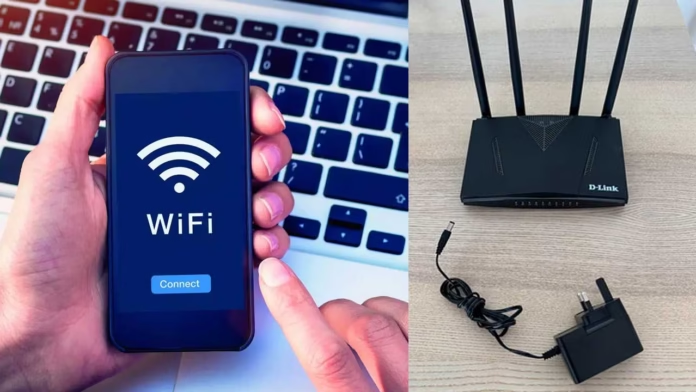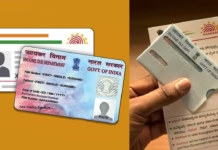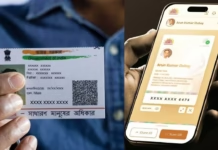Walk through any busy street in India, and you’ll notice people searching for a stable signal like it’s a rare treasure. The idea behind this scheme begins right there, in those everyday scenes where connection feels essential but often unreliable.
Purpose Behind the Initiative
The scheme was created to offer easier, cheaper and more flexible access to internet services. Instead of relying on heavy infrastructure, it attempts to bring connectivity within reach of people who depend on public spaces for online activities.
Shifting the Internet Experience
Unlike conventional broadband setups, this model tries to make public Wi-Fi feel informal and immediate. The intention is not to replace mobile data but to give an effortless alternative whenever users step outdoors and need quick access to digital services.
Core Functioning of the Structure
The program operates through a network of small players who manage discovery, authentication and public usage. Each role fits like a layer, ensuring that people find hotspots, log in safely and use the connection smoothly without technical confusion or costly registrations.
Why Complexity Was Removed
One of the strongest points is the removal of regulatory obstacles. Vendors do not require permissions or complicated agreements. This shift encourages participation from local businesses that would otherwise avoid digital services due to paperwork fear.
Helping People Stay Connected on the Move
The scheme expands the idea of staying online beyond homes and offices. Whether someone is travelling, working outdoors or waiting at a station, these hotspots offer a practical way to browse, stream or complete tasks that usually drain limited data packs.
Bringing Digital Inclusion to Smaller Towns
Many smaller towns still rely on weak networks. The scheme’s public hotspots offer consistent access that supports education, communication and small trade. When internet becomes easier to reach, people naturally explore more digital opportunities.
Support for Educational Aspirants
Students preparing for competitive exams or attending remote classes often run out of mobile data quickly. Public Wi-Fi points built under this scheme give them breathing room to study freely without worrying about frequent data recharges or signal loss.
Opportunity for Local Earners
Small shop owners, stationary stores and travel kiosks can add Wi-Fi services as a side income. This additional earning is simple to maintain, requires no expensive tools and brings more footfall as customers stay longer to use the internet.
Strengthening India’s Service Ecosystem
Digital services depend on consistent internet availability. With more public access points, people can use financial apps, online payments and government portals more confidently. It empowers individuals and businesses to handle tasks that were once stressful due to network limitations.
Improving Tourist Convenience
Tourists often face unpredictable mobile signals in crowded or remote spots. Public hotspots help them navigate, translate, book rides and check local information easily. Better connectivity improves travel experiences and boosts local business visibility.
Apply Now
Encouraging Future Digital Upgrades
This approach sets a foundation for new innovations in authentication, secure browsing and public-focused digital tools. As the network grows, developers and service providers can introduce better interfaces, faster access methods and safer connection practices.




